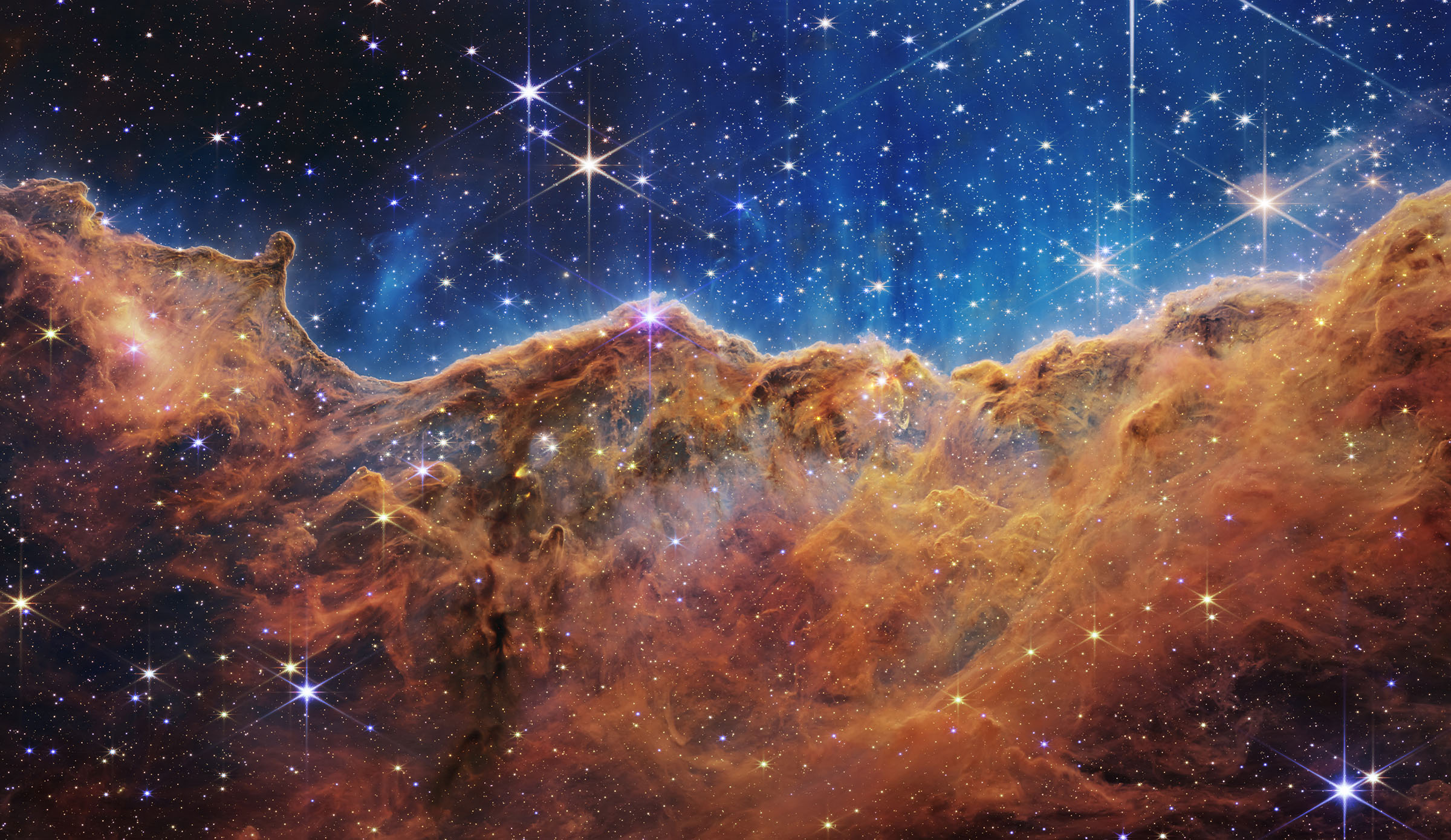James Webb may have captured an image of its first supernova. The team behind the space telescope shared a group of images and a brief report on the possible transient earlier this month. According to the report, the team believes that it discovered an infrared transient in the galaxy SDSS J141930.11+525159.3.
James Webb may have captured its first supernova

The team believes that James Webb may have spotted its first supernova due to the object’s brightness. The object is much brighter than the rest of the galaxy. And, when Webb observed the galaxy five days apart, the object had dimmed slightly. This, the team says, is in line with supernova behavior.
Unfortunately, it’s impossible to say if the event was a supernova. At least, not yet. The James Webb team says it will need more time with the object to tell if it was a supernova. But, it is a very good candidate, Mike Engesser with Space Telescope Science Institute (STScI) told Inverse.
The new series of images released by James Webb isn’t as startling as the previous snapshots we’ve seen. However, it is still quite remarkable. The image is broken down into four different sections. It includes both captures from James Webb and Hubble. The fourth image in the collection showcases the difference between them all. Looking closely, you can almost see the possible supernova James Webb picked up.
Full of surprises

The James Webb wasn’t built to observe these types of events, though. Instead, it’s meant to study distant planets and detect water and other signs of life. So, the fact that it possibly captured an image of a supernova is exciting. The space telescope continues to exceed expectations despite being slightly damaged.
The galaxy James Webb spotted the supernova in is between three to four billion light years away. As a result, the difference we’re seeing is the slow fading light of an explosion that happened three to four billion years ago. When a star dies and a supernova occurs, the entire event transpires in a fraction of a second. The resulting fireball can grow and brighten, though.
The current hypothesis is that James Webb spotted this supernova just moments after its brightness peaked. As a result, the dimming of the transient several days later could be a strong indication that it was indeed a supernova.








